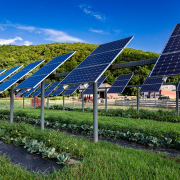Community AgriSolar: Merging Agrisolar and Community Solar
Merging community solar and agrisolar could aid the Department of Energy’s (DOE) goal of saving $1 billion in energy costs through community solar by 2025. Not only would merging community solar and agrisolar help DOE reach that goal, but would also provide other opportunities and benefits such as the regeneration of soil on solar sites, reducing fuel-operated maintenance demands, and increasing the likelihood of future solar development(s).
What is community solar?
Community solar could be an ideal method for low-income households who might be looking to use solar energy and use Low-Income Home Energy Assistance Program (LIHEAP) assistance to pay for their energy bills. LIHEAP funds cannot be used for things like up-front installation costs of typical solar participation methods (non-community solar) or the household ultimately owning the solar equipment. Community solar participation eliminates these issues due to the solar farm and panels not being developed, owned or operated by the LIHEAP recipient.
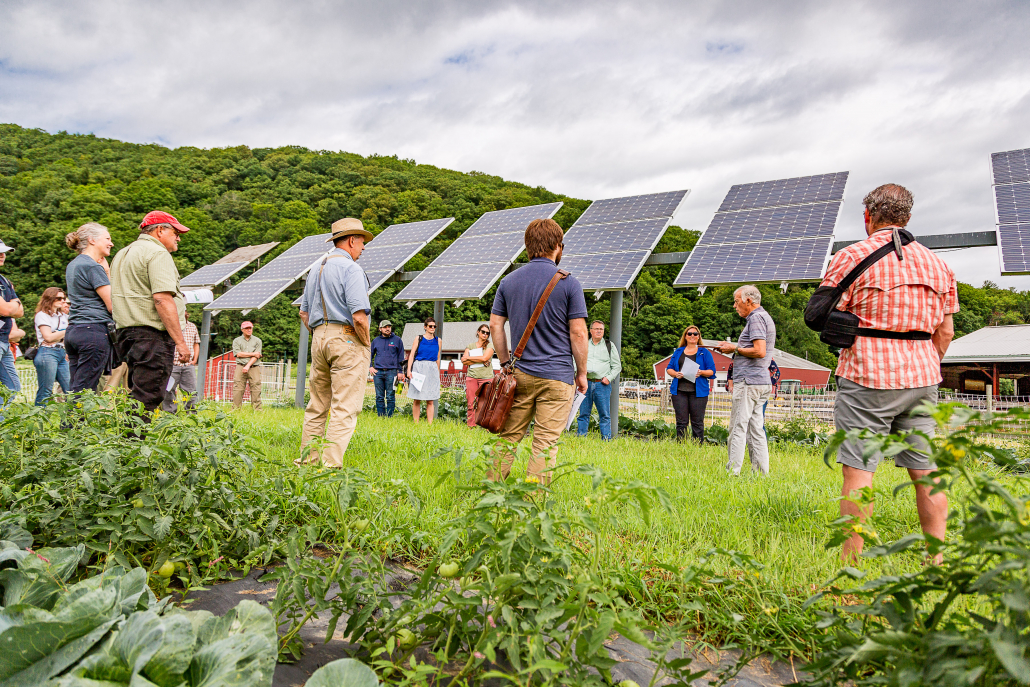
LIHEAP Participants Would Lead to More Energy Savings
Community solar often includes what is known as subscription-based community solar programs (SBCSPs), where a household “rents” solar panels and uses solar energy without the associated conditions and costs of installing solar panels, operating them, or owning them. These conditions of using solar energy typically would not qualify a low-income household to use LIHEAP funds for solar fuel. However, SBCSPs could provide a way for low-income households to be able to use LIHEAP benefit payments for solar fuel through subscription-based community solar programs because the household would not ultimately own the equipment or have to pay for its installation or maintenance costs.
If LIHEAP participants are eligible for SBCSPs, then more people can participate in saving energy by using community agrisolar, which ultimately assists in the identified goal of the Department of Energy (DOE) in reaching $1 billion in energy savings through community solar by 2025.
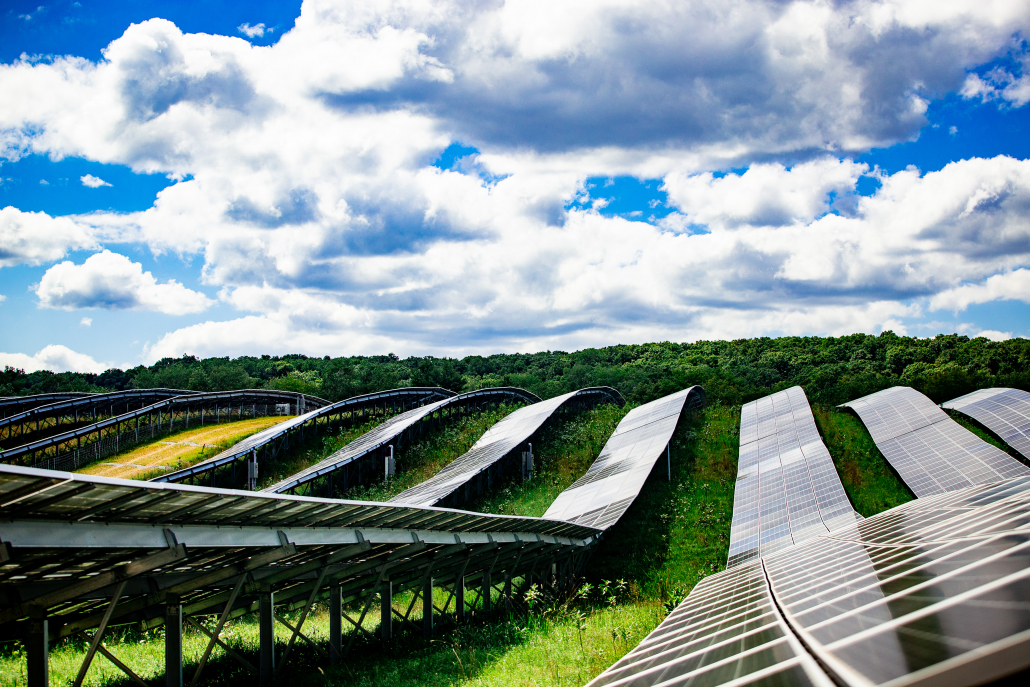
Why merge agrisolar with community solar?
Community solar has been identified by DOE as a method of reaching energy savings goals by 2025, which includes saving $1 billion in energy costs. Merging agrisolar with community solar developments would not only aid in significant energy savings but would also make future solar developments more likely to be approved—expanding energy savings even further.
Agrisolar operations like the Cabriejo Ranch in Missouri has shown that agrisolar provides a variety of energy saving methods as well as regenerating the land used by solar farms. The ranch uses Dorper sheep to manage the vegetation on solar operations, which drastically reduces the use of fuel-operated maintenance equipment typically used to manage vegetation. The sheep not only reduce these energy costs, but dramatically increase the health of the soil .
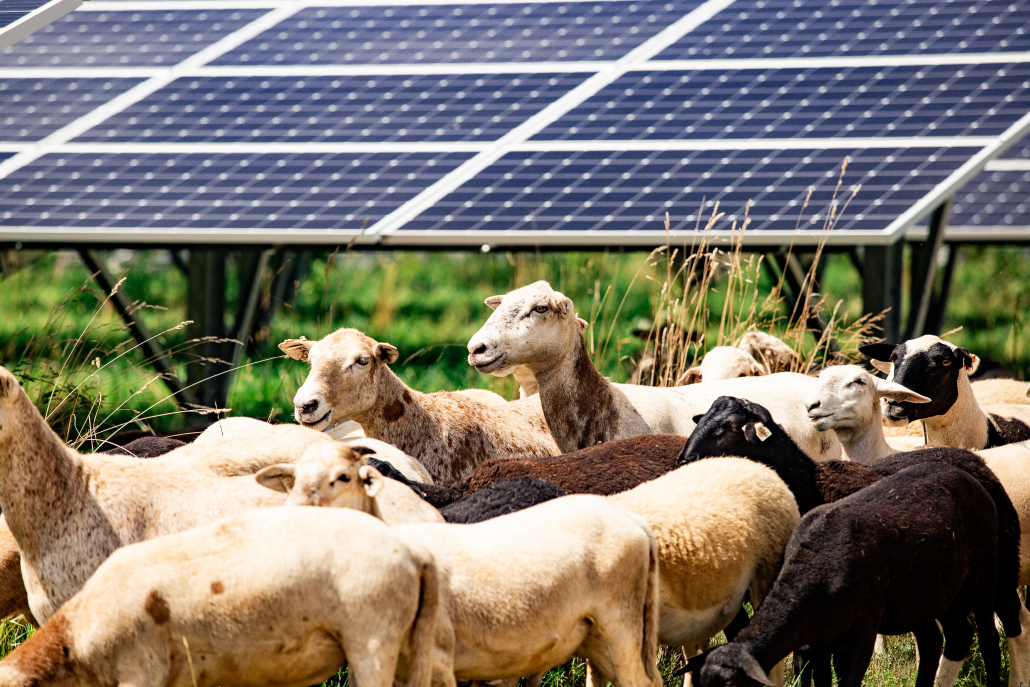
The likelihood of a solar farm being approved for development is higher when Agrisolar is incorporated into the operations. This was seen in the Garnet Mesa project that was denied due to concerns about losing valuable farmland to the solar-farm development. The project was approved after changes were made to include 1,000 grazing sheep on the solar farm.
The Possibilities of Merging Agrisolar and Community Solar
More participants saving more energy would be a win-win for reaching energy-and-cost savings goals.
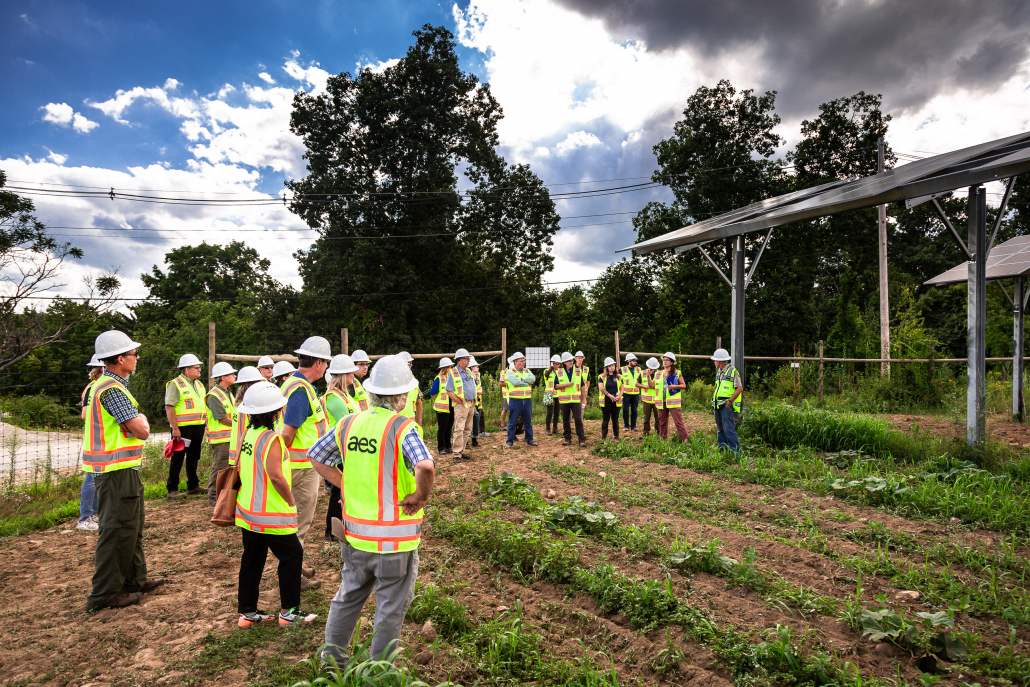
Not only do energy savings goals have a higher likelihood of being achieved through merging community solar and agrisolar, but other benefits of using agrisolar would also be made possible, such as regenerating soil health through grazing practices and supporting job creations in local communities such as grazing management and farm operations jobs created in Missouri. These benefits of using agrisolar in solar development increases the likelihood of future solar developments by proving the land can be effectively utilized while occupied by solar equipment and operations.

